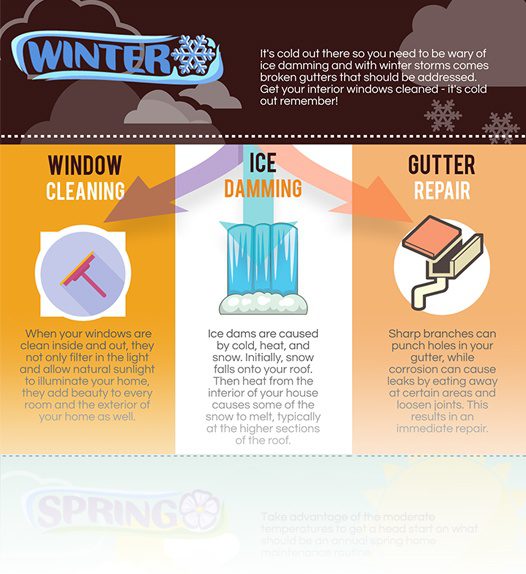When it concerns pressure cleaning, the technique you choose can make all the difference in accomplishing a clean, streak-free coating. You might discover that difficult surface areas, like concrete, require a various approach than softer materials, such as timber or plastic. It's necessary to adjust your techniques to the surface area kind to stop damage while taking full advantage of cleansing effectiveness. So, what are the best methods for each and every surface area, and just how can you ensure you're using the right setups and tools for the task? Let's explore what you require to recognize to get the best results.
Tough Surfaces
When it pertains to push washing hard surface areas, preparation is key. Prior to you also consider taking out the pressure washing machine, make the effort to remove the location of any type of particles, furniture, or obstacles. You don't desire anything getting in your means or potentially harmful your equipment.
Next, examine the surface for any type of fractures or damage; this will help you establish the right technique and pressure setups.
Once you have actually prepared the area, it's vital to select the best nozzle. For tough surface areas like concrete or brick, a slim nozzle (15 or 25 degrees) works best to provide a concentrated stream of water that can efficiently eliminate crud and stains. Always begin at a distance and gradually relocate closer to prevent any surface damages.
As you begin cleaning, keep the wand relocating to avoid streaks and over-saturation. It's additionally useful to work from the top down, permitting dust and debris to get rid of normally.
Ultimately, bear in mind to rinse the surface completely after cleaning up to get rid of any remaining cleaning agent. With these methods, you'll achieve a clean and renewed appearance on all your difficult surface areas.
Soft Surfaces
Pressure washing soft surface areas needs a gentler approach to safeguard them from damages. Whether you're cleansing your deck, outdoor patio furnishings, or home siding, utilizing way too much pressure can cause damages, scrapes, and even irreversible injury.
Beginning by picking a low-pressure nozzle, ideally a 25-degree or bigger spray pattern, to spread the water much more carefully.
Before you start, it's vital to pre-treat any type of discolorations with a suitable cleansing remedy. This action allows the cleaner to pass through the dust and crud, making it much easier to get rid of without rubbing too hard.
Constantly use the solution from the bottom approximately prevent spotting.
When you start stress washing, preserve a range of a minimum of 12 to 18 inches from the surface. Relocate your stick in a sweeping activity, keeping it alongside the surface area to prevent focused stress on one place.
Wash the location completely after cleaning to remove any type of residual cleaner.
Lastly, check the surface for any type of missed places and duplicate the procedure if essential. By adhering to these actions, you can effectively clean soft surface areas while protecting their integrity and look.
Specialized Surfaces
Cleansing soft surface areas calls for care, yet specialty surfaces require a lot more attention to detail. When you deal with these surface areas, like fragile wood, discolored concrete, or certain sorts of siding, making use of the appropriate pressure washing methods is vital to avoid damages.
First, assess house window washing company . For instance, treated wood can often withstand moderate pressure, but softer timbers like cedar might need a reduced setup. Always begin with the most affordable stress and progressively boost if necessary.
For tarnished concrete, use a follower spray nozzle and preserve a regular range to avoid engraving the surface area.
When managing surfaces like vinyl house siding or repainted surfaces, a wide spray pattern assists disperse the pressure evenly, securing the finish.
window cleaning gear 's likewise important to make use of cleaning agents specifically made for specialized surface areas. They can boost cleaning without endangering the product.
Wash extensively after cleaning to get rid of any deposit, as it can lead to discoloration or damage in time.
Verdict
In conclusion, mastering stress cleaning methods for different surfaces can make all the difference in your cleaning results. For difficult surfaces, stick to narrow nozzles and a top-to-bottom approach, while soft surfaces need a gentler touch with larger nozzles. Don't forget to pre-treat stains and wash completely to prevent residue. By adapting your approaches per material, you'll not only attain a cleaner surface however likewise shield the integrity of your surfaces. Happy cleansing!
